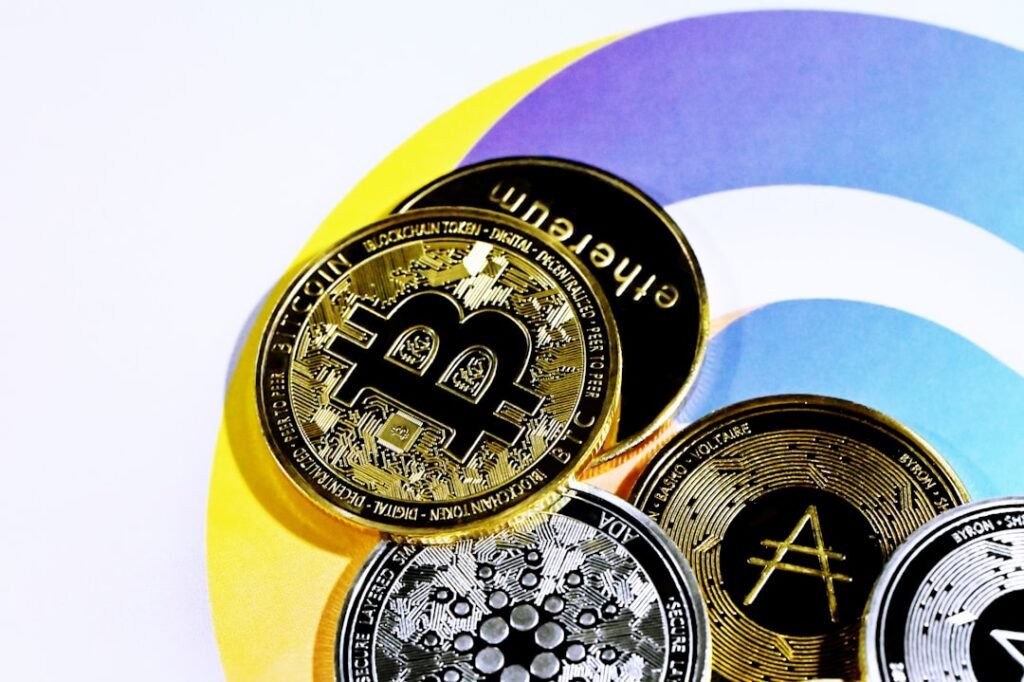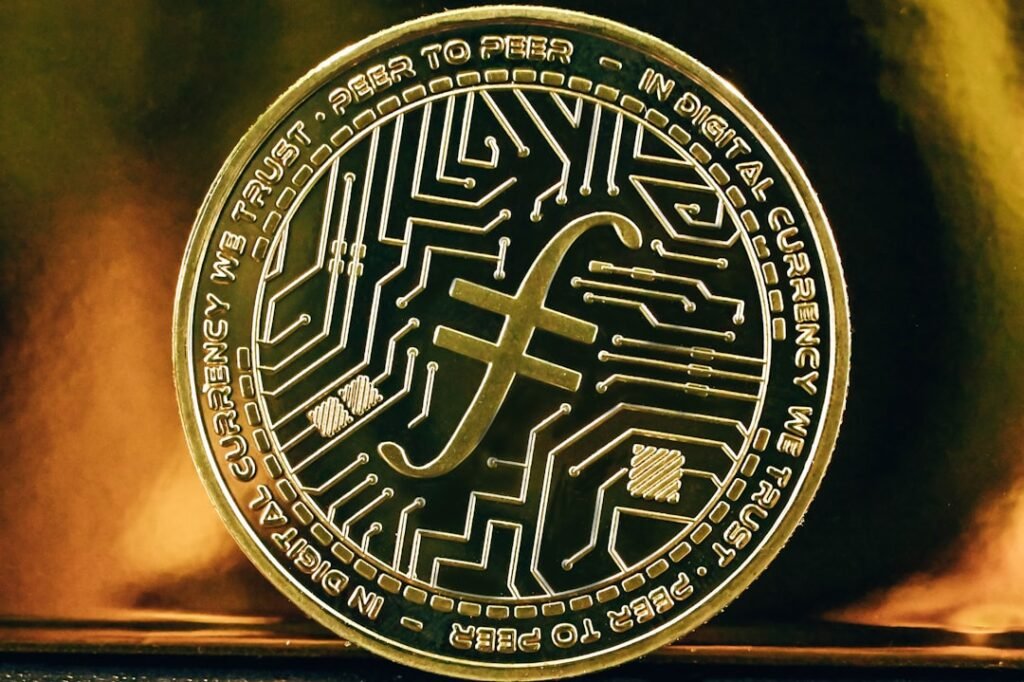While stablecoins currently dominate cryptocurrency trading, their potential extends far beyond digital asset exchanges. These blockchain-based instruments are poised to transform traditional financial infrastructures, particularly in securities markets and payment systems.
Recent developments indicate two distinct approaches to stablecoin integration in payments: 1) collaboration with established card networks, and 2) complete circumvention of traditional banking channels. Notable implementations include PayPal’s PYUSD and Shopify’s USDC payment system developed with Coinbase and Stripe.
Market analysis reveals that 88% of stablecoin transactions in 2024 involved cryptocurrency trading, according to Boston Consulting Group. However, their potential to revolutionize financial backends remains significant. Blockchain technology could address longstanding inefficiencies in securities markets – a system originally designed to overcome paper-based processing limitations in the 1960s – and SWIFT’s outdated cross-border payment infrastructure.
The current payment ecosystem involves complex authorization, verification, and settlement processes through multiple intermediaries. Stablecoins offer potential solutions to high fees and slow settlement times, particularly for international transactions. Visa and Mastercard are actively exploring stablecoin integration through crypto debit cards and stablecoin settlement options.
Alternative models, such as PayPal’s PYUSD system and Shopify’s USDC implementation, demonstrate how stablecoins can bypass traditional networks. These systems maintain dispute resolution capabilities while offering faster settlement and lower costs when operating entirely within stablecoin ecosystems.
Industry experts predict that established companies with large user bases will increasingly adopt stablecoin payment systems, potentially disrupting traditional card networks and banks. While intermediaries will remain necessary for fraud prevention and dispute resolution, the financial sector must adapt to this emerging paradigm.











